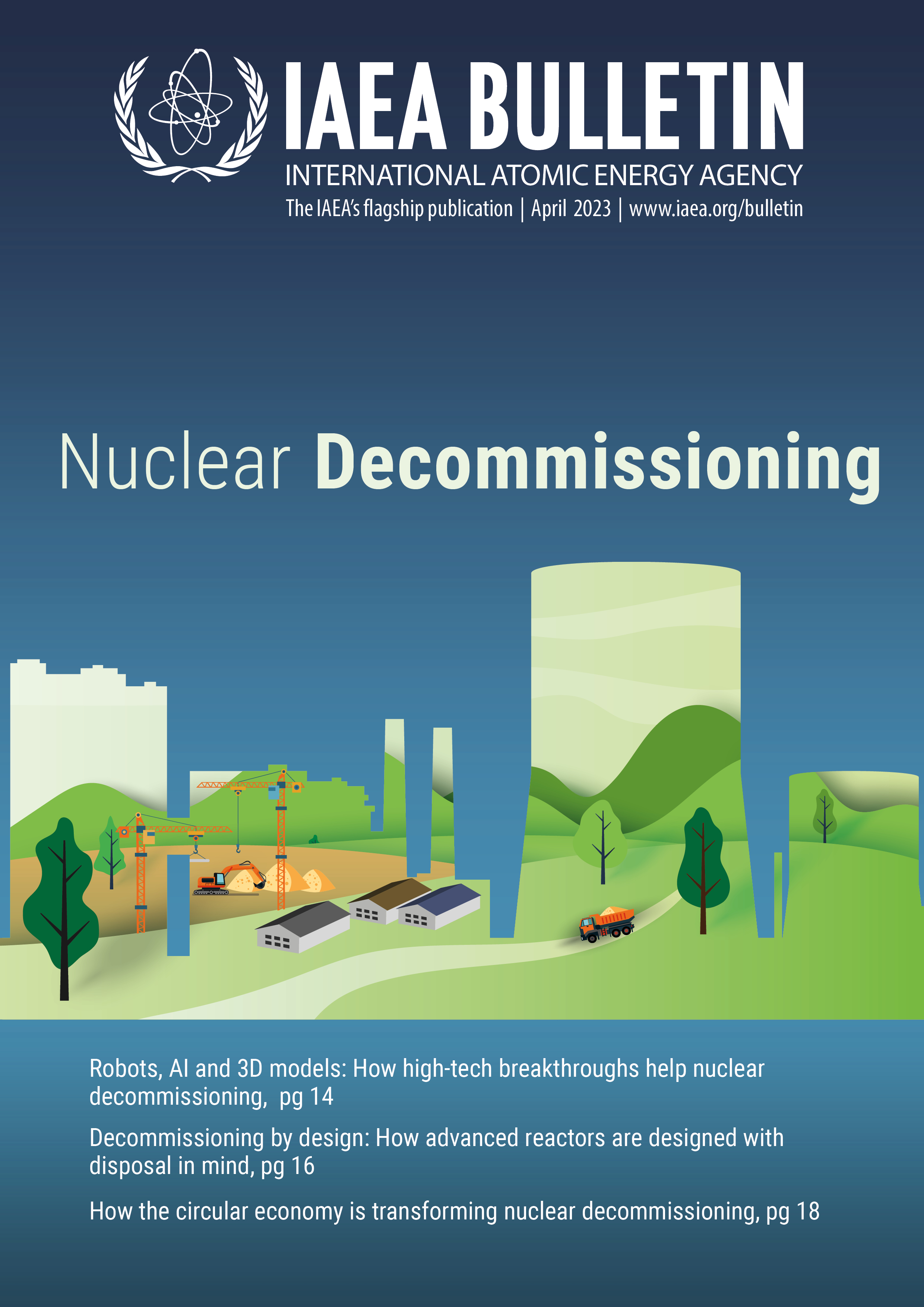The traditional linear economic model — extracting materials, turning them into manufactured goods and discarding them after consumption — is often criticized for creating a considerable amount of waste and pollution, as well as contributing to climate change and biodiversity loss. According to the United Nations Environment Programme International Resource Panel, the extraction and processing of natural resources account for about half of all global greenhouse gas emissions.
A departure from this model, known as the circular economy, offers a way to reduce waste and associated pollution. It is a model of production and consumption that seeks to effectively keep resources in use for as long as possible by reducing, reusing and recycling them.
When nuclear facilities are being decommissioned, the adoption of circular economy principles can provide many benefits. Decommissioning is a multidisciplinary process, typically lasting a decade or more, that involves the decontamination, dismantling and demolition of nuclear facilities so that a site can be released from regulatory control and reused. By recycling materials during this process, less waste is generated. This has the added benefits of lowering the cost of decommissioning and reducing the risk of delays.
“By applying the principles of a circular economy to decommissioning, we can reduce the amount of radioactive and non-radioactive waste to be disposed of and, at the same time, reduce the amount of raw material pulled out of the ground,” said Arne Larsson, radioactive waste technology and decommissioning manager at Cyclife Sweden. “Instead, we can reuse materials and equipment from existing installations, buildings and structures, and support making the site available again for other useful purposes.”
Worldwide, more than 200 nuclear power reactors have been shut down for decommissioning, while it is expected that hundreds of reactors currently in operation will be shut down and decommissioned in the coming decades. Today’s nuclear facilities are designed with decommissioning and waste management plans in place before the first brick is laid. The designs of nuclear reactors constructed in the 1960s and 1970s, by contrast, did not take circularity principles into account.

